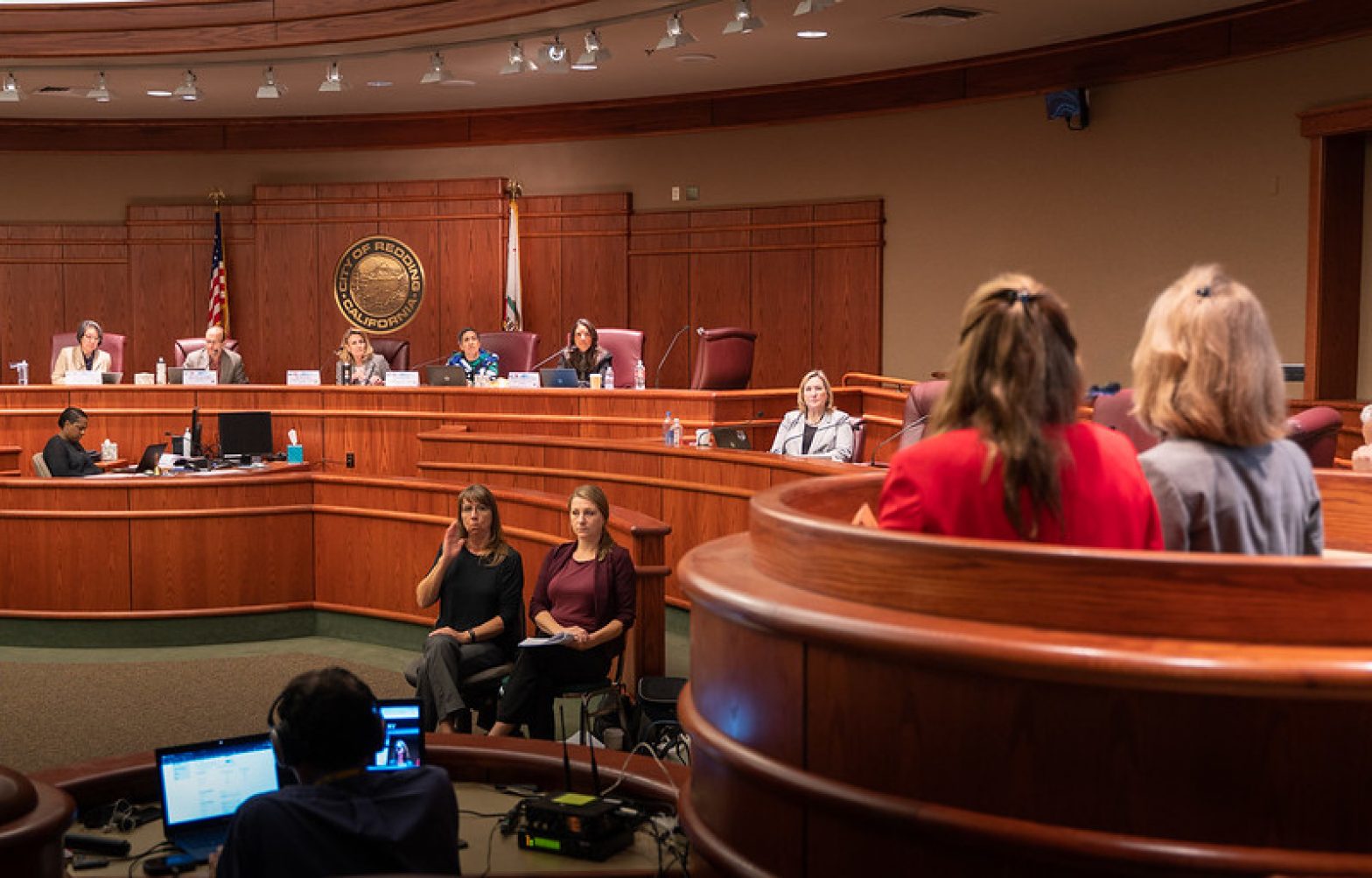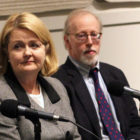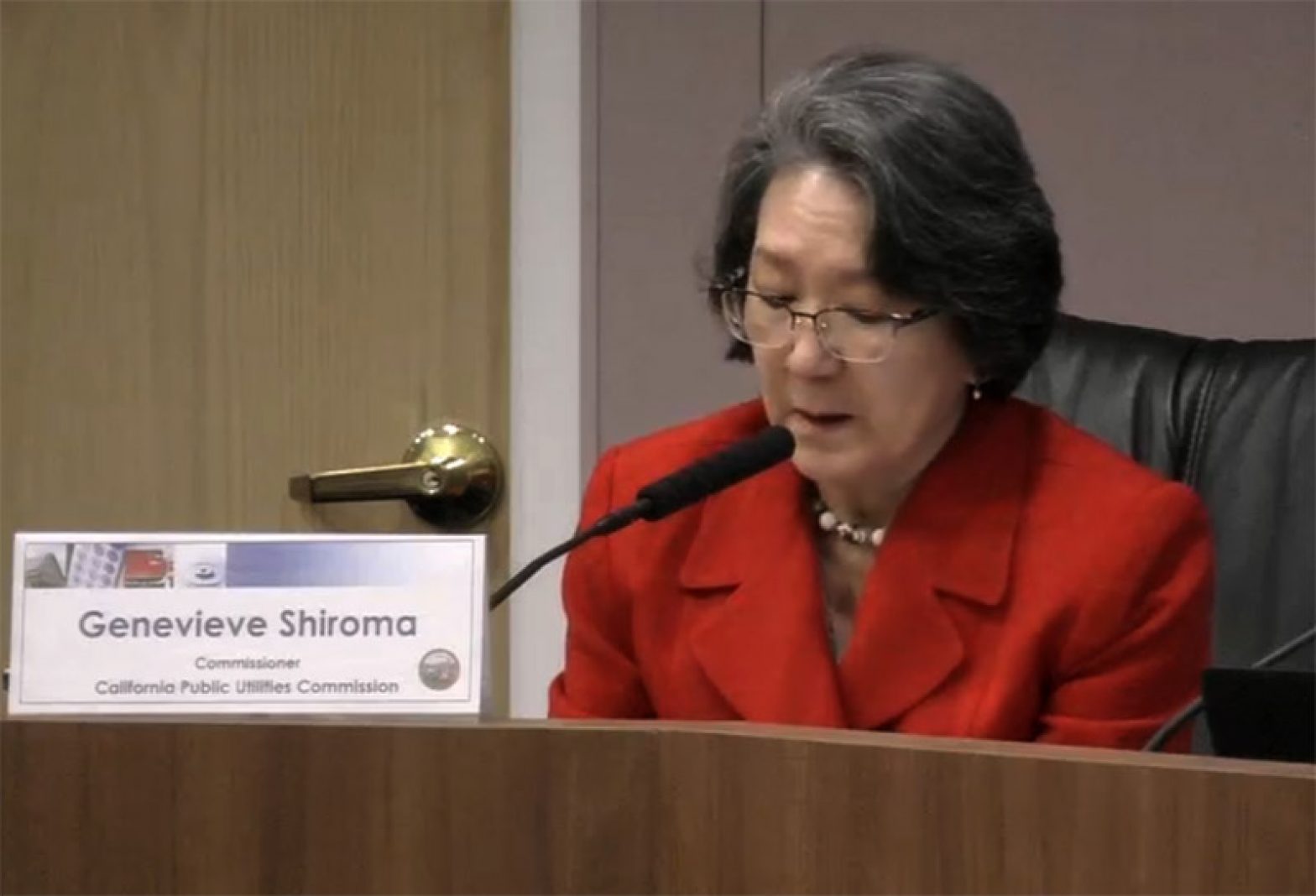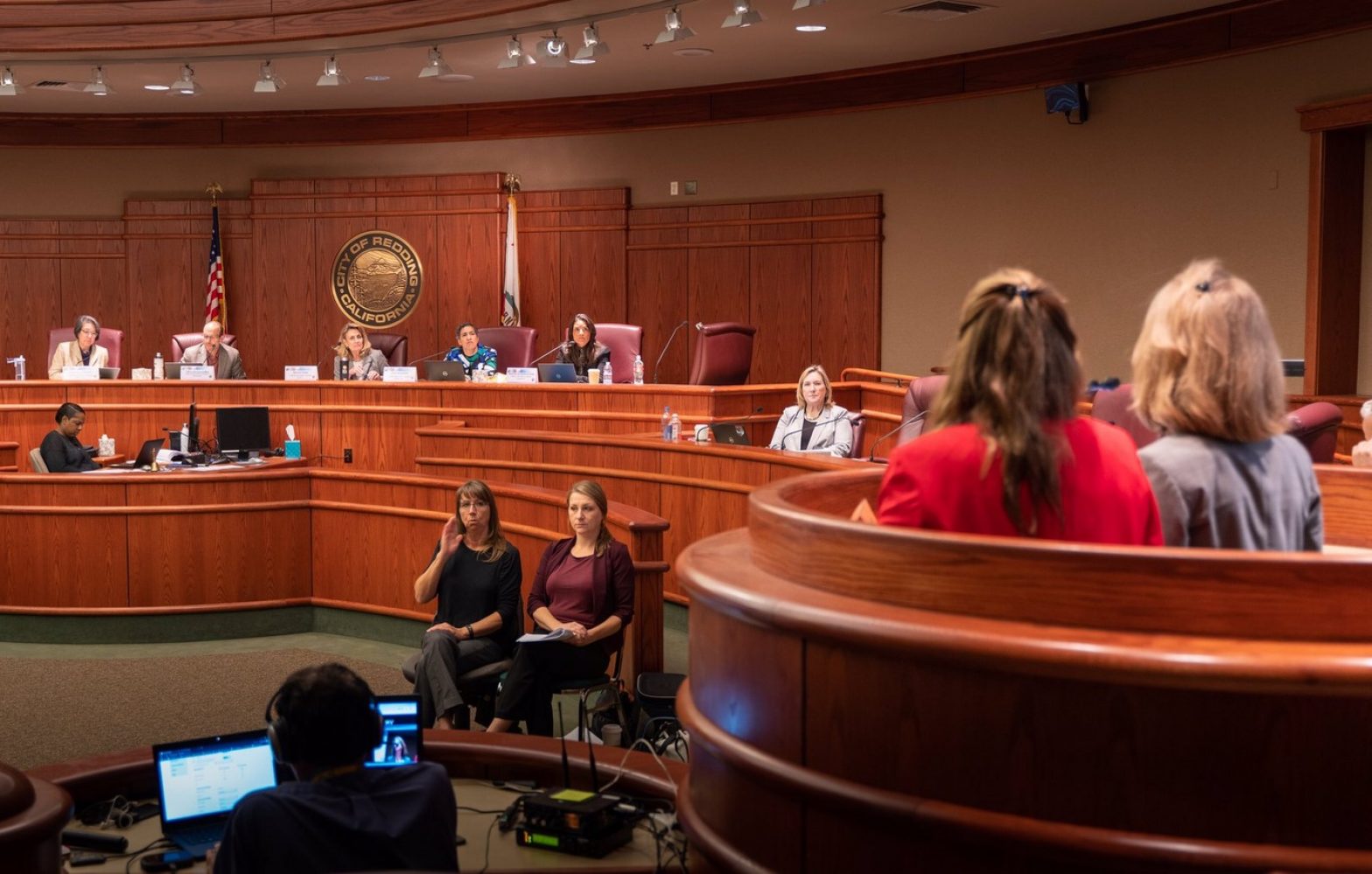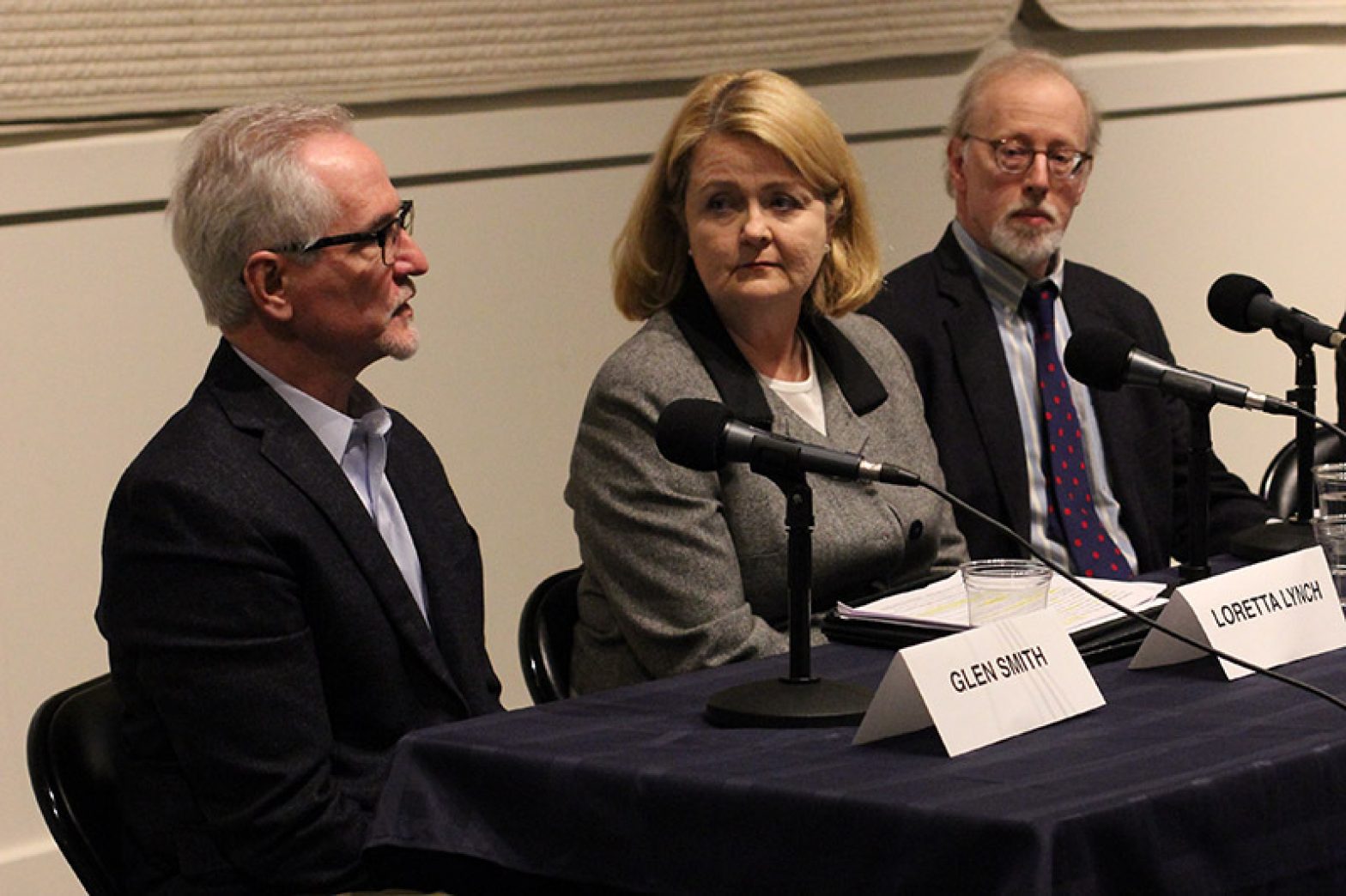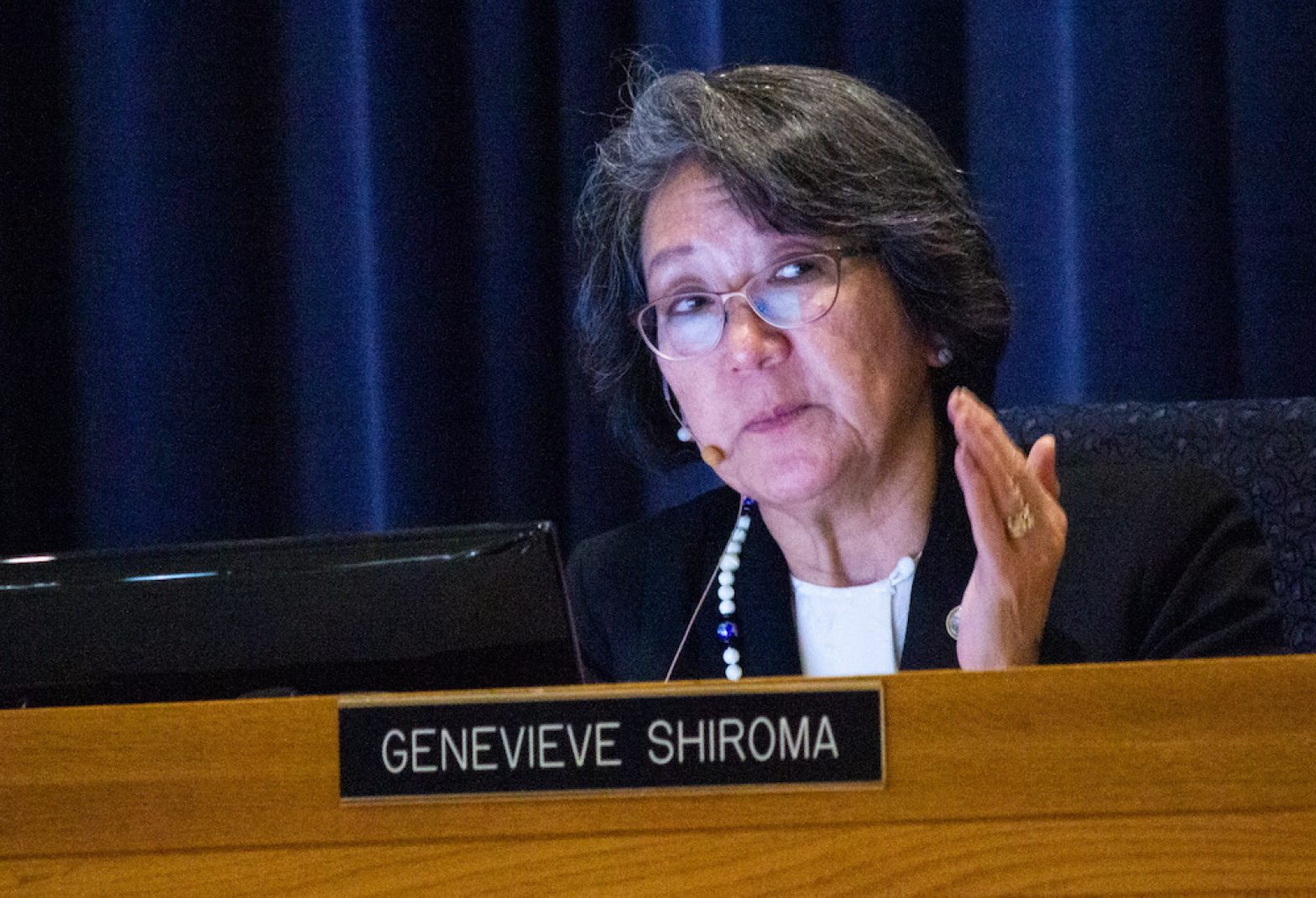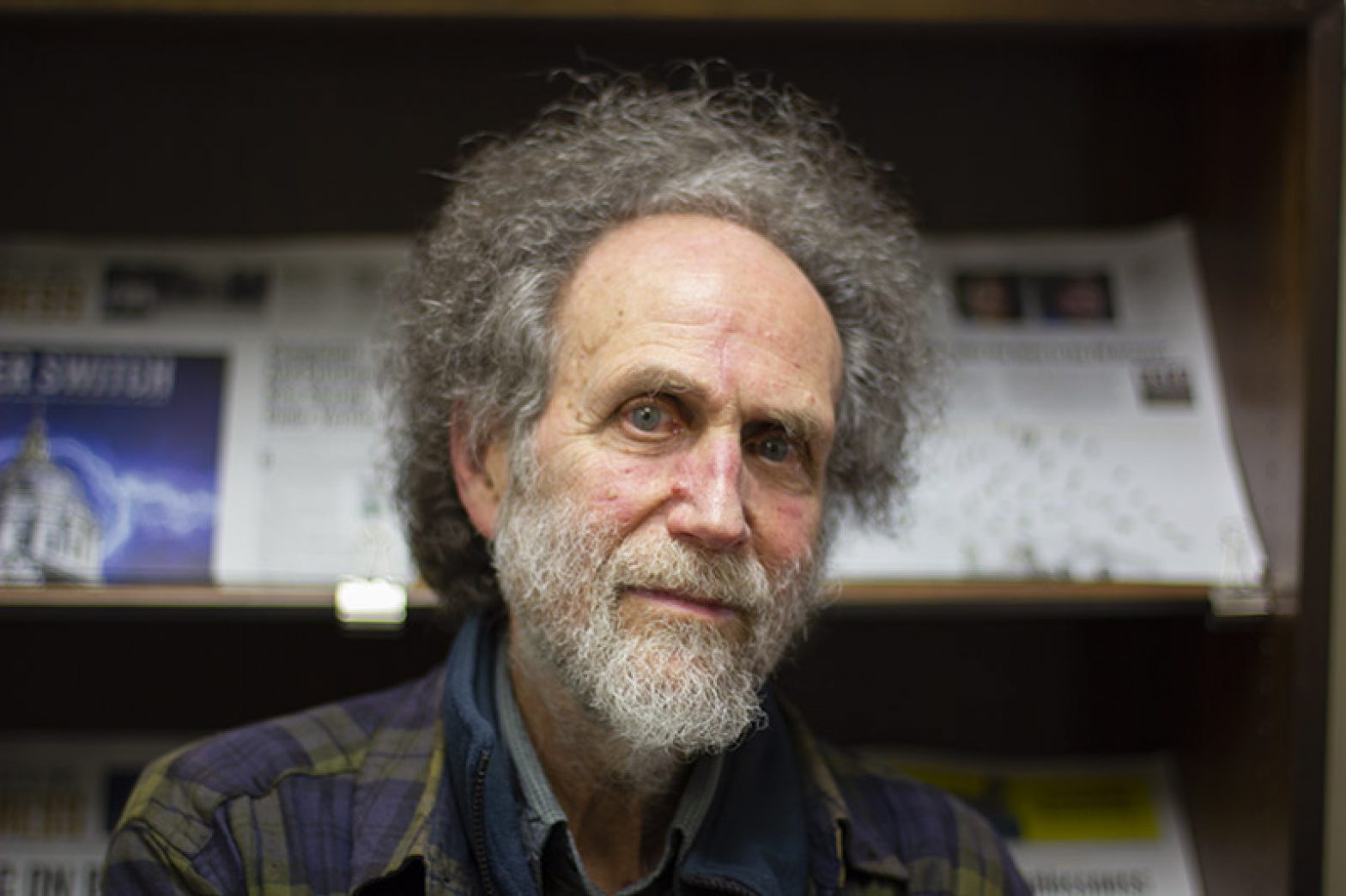Utilities
Reporter Investigates Firing of Utility Regulator’s Director After She Uncovered Missing $200 Million
After she pointed to millions of dollars in uncollected fees for public services and alleged serious mismanagement problems, the executive director of California’s utility regulator, the California Public Utilities Commission, was fired. Commissioners said Alice Stebbins had misled the public about missing funds and accused her of favoritism in hiring. But an investigation by the Bay City News Foundation and ProPublica looked into the dismissal, and found the director had been right about the missing money.
